The endangered beauty of Cuba’s tree snails
But their vibrant beauty, the very trait that makes them so extraordinary, has also made them a target. Collectors around the world prize their shells, and this illegal trade is now pushing them toward extinction.
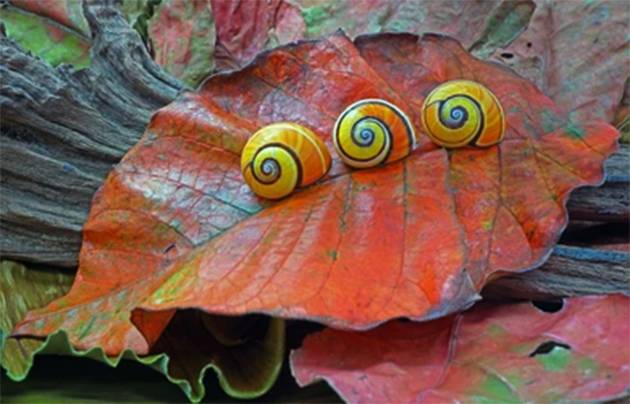
To make matters worse, these snails face growing threats from habitat loss and climate change, which are altering the delicate forests they depend on. Now, scientists from Cuba and the University of Nottingham are working together to unlock the snails’ genetic secrets, hoping that understanding what makes them so beautiful can also help save them from disappearing forever.
A Cuban treasure found nowhere else
The Polymita snails are endemic to Cuba, meaning they live nowhere else on Earth. There are six known species in total, each with its own distinct coloration and pattern. Among them, Polymita sulphurosa stands out as the most endangered. Its lime-green shell, streaked with blue flame-like lines and bright orange bands, has made it especially desirable to collectors.
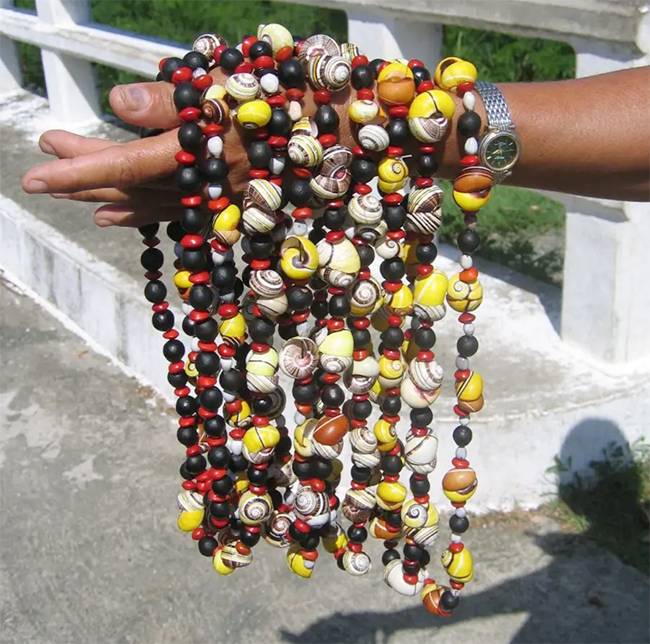
In Eastern Cuba, where these snails dwell, people have long admired their beauty. Unfortunately, admiration has often turned into exploitation. The shells are bought and sold as decorative ornaments and souvenirs, often under the illusion that they’re harmless collectibles. Yet every polished shell represents a life taken from the wild, further reducing already fragile populations.
The dangers of the shell trade
The illegal shell trade remains one of the biggest threats to the Polymita snails. Despite national and international laws protecting them, enforcement can be difficult, and black-market demand persists. Collectors often remove hundreds of snails from their natural habitats, causing local populations to collapse.
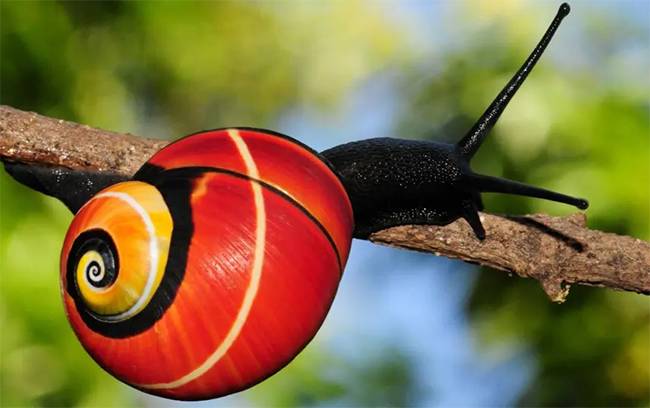
As Professor Angus Davison from the University of Nottingham explains, “You can easily imagine where people collecting shells would tip a population over into local extinction.” The problem is compounded by the fact that Polymita snails have slow reproductive rates and require specific environmental conditions to thrive. When their numbers drop too low, recovery becomes nearly impossible.
Climate change and forest loss add to the crisis
Beyond poaching, environmental changes are adding new pressures. The coastal forests of Eastern Cuba, where Polymita snails make their homes, are being degraded by deforestation and shifting weather patterns linked to climate change. These forests provide the humidity, vegetation, and microclimates essential for the snails’ survival.
As trees disappear and the climate becomes less stable, the snails lose both their food sources and the moist environments they need. Rising temperatures and irregular rainfall threaten not just the Polymita but the entire ecosystem of which they are a part.
Unlocking genetic secrets for conservation
To better understand and protect these creatures, Cuban scientists have joined forces with researchers at the University of Nottingham. Their mission is to study the Polymita genome—the complete set of genetic material that determines how the snails develop, survive, and express their colors.
By sequencing their DNA, scientists hope to learn how many distinct species exist, how they are related to one another, and what specific genes produce their spectacular color variations. These insights could be key to conservation efforts, helping biologists develop targeted breeding and reintroduction programs that preserve genetic diversity.
Professor Davison notes that while the genetic work is happening in the UK, the heart of the conservation effort remains in Cuba. “Eastern Cuba is the only place in the world where these snails are found,” he said. “That’s where the expertise is—where the people who know these snails, love them, and understand them, live and work.”
Hope for the future of Cuba’s living jewels
While the Polymita snails face serious threats, there is still hope. Conservationists in Cuba are raising awareness among local communities about the importance of protecting these unique creatures. Ecotourism programs are being developed to replace illegal shell trading, giving locals a sustainable way to benefit from their natural heritage.
The collaboration between Cuban scientists and international partners is also shedding light on how beauty, evolution, and survival are interconnected. Each new discovery brings the world closer to understanding not just how to save the Polymita snails, but also how to protect the fragile ecosystems they represent.
If successful, this work will ensure that future generations can continue to marvel at the world’s most beautiful snails—alive, not as trinkets on a shelf, but as living jewels of Cuba’s forests.

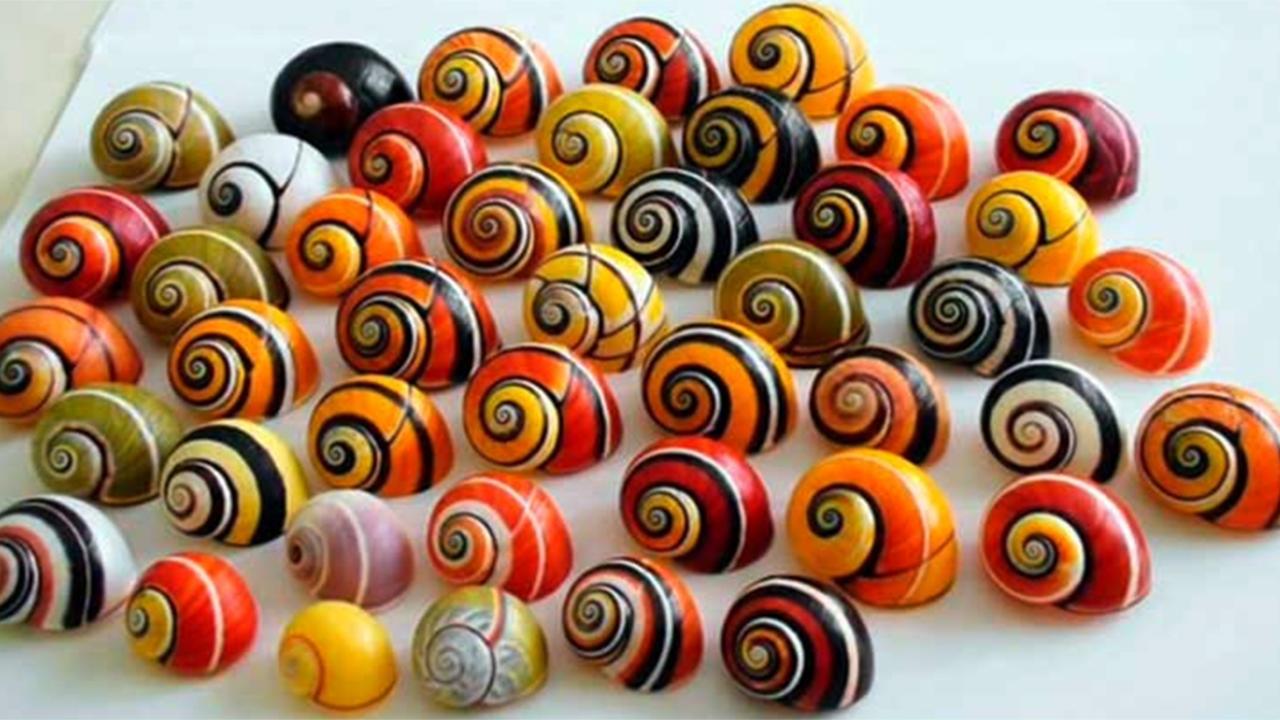


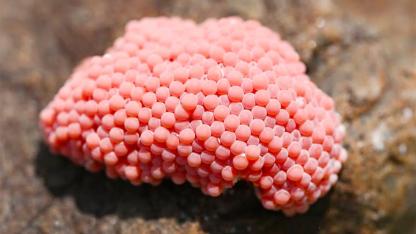



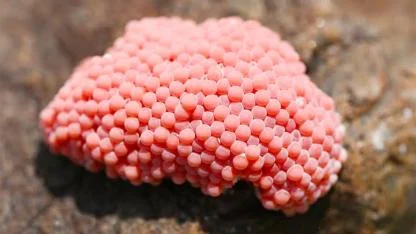


Yorumlar
Kalan Karakter: